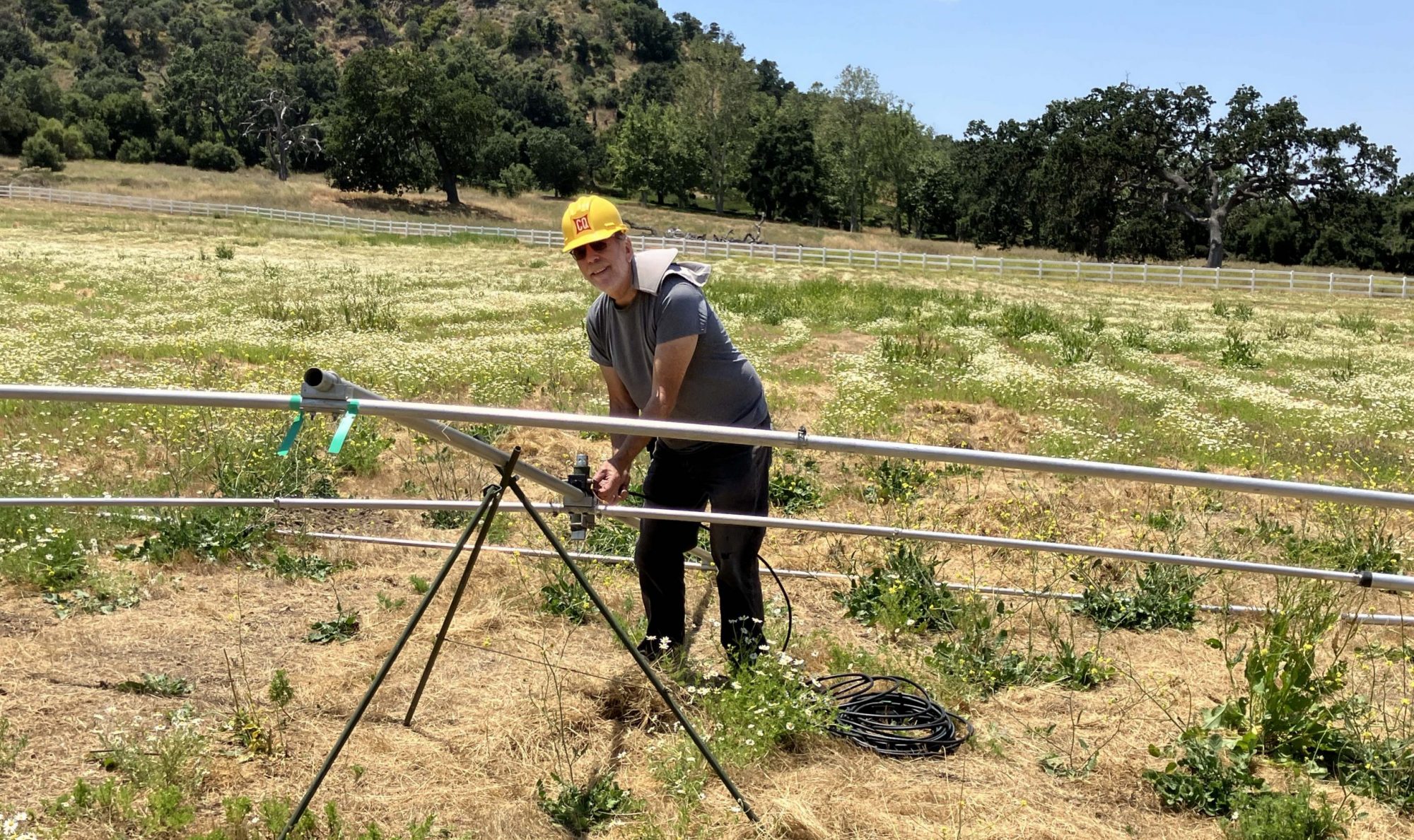By Keith Elliott-W6KME
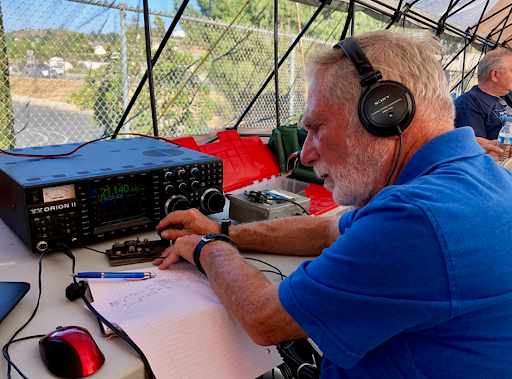
Last March, Ventura County went into lock down due to the COVID-19 crisis. Like everywhere else, this was quite a shock to us. One thing sets hams apart from the general public is we know how to stay in touch with each other. So, Starting March 21st, Zak Cohen-N6PK started a check in net on our local 2M repeater. Not once per week, not once per day-but four times per day, at 0900, 1200, 1800, and 2100. People checked in in droves-obviously, we all felt the need to have some sort of contact while facing the prospect of what we thought would be a few weeks confined to our homes.
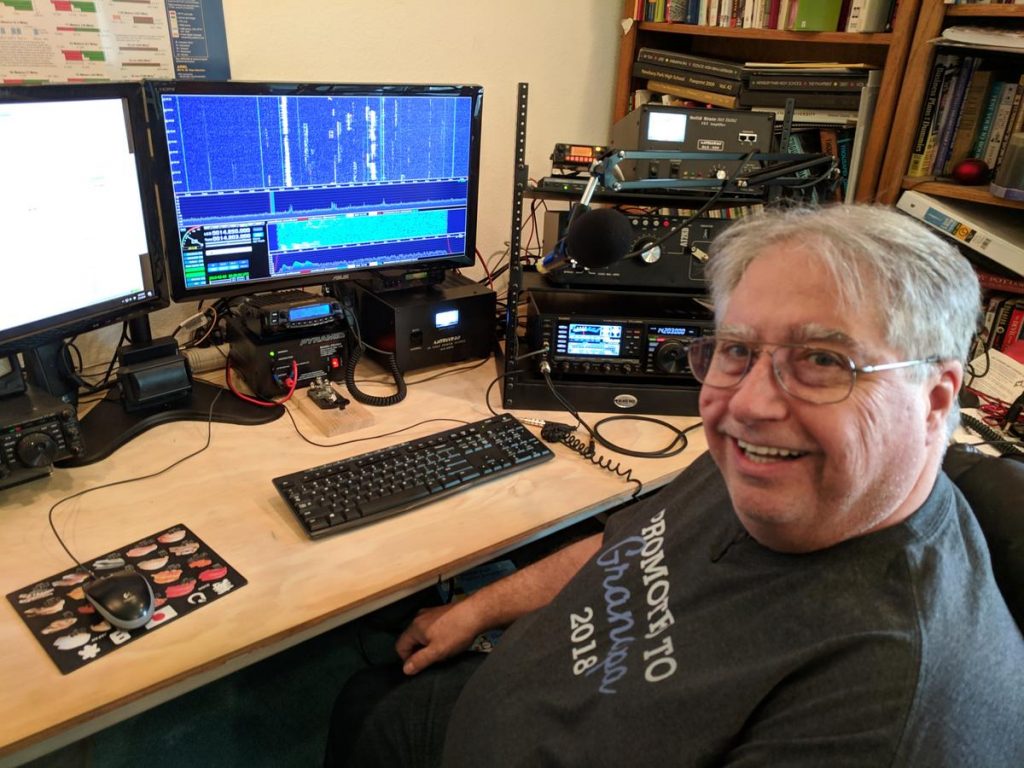
It was clear almost immediately that this was going to be too much of a burden for one net controller, and within a few days, Zak was joined by Stu Sheldon-AG6AG, Norm Campbell-AB6ET, and myself. I had only been a ham for about half a year at that point, and I thought running a few nets would be a good learning opportunity. Little did I know.
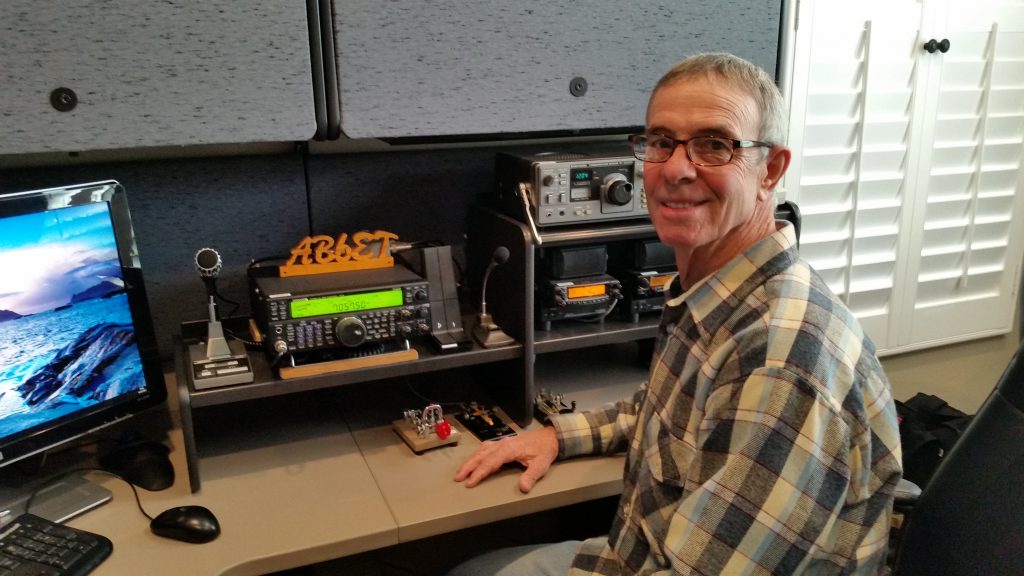
Stu took the lead of this new team, and we each took one net per day, seven days per week. Norm suggested calling it the BORED Meeting, and the name stuck. With every net, 20-30 people would check in, but we started noticing it wasn’t always the same people on the same nets. Each time slot took on a flavor of its own in time, especially the Saturday night edition when people would often bring movie trivia questions.
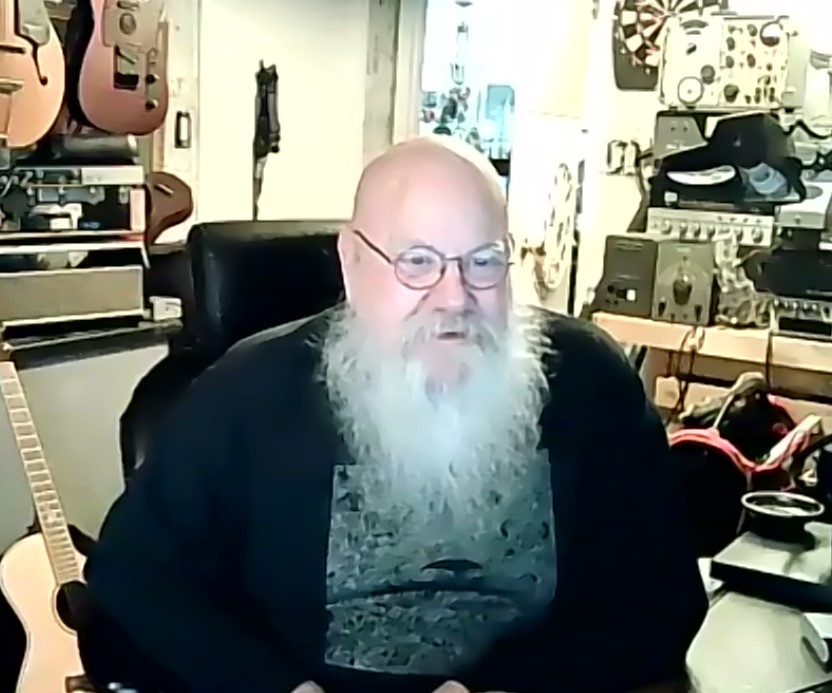
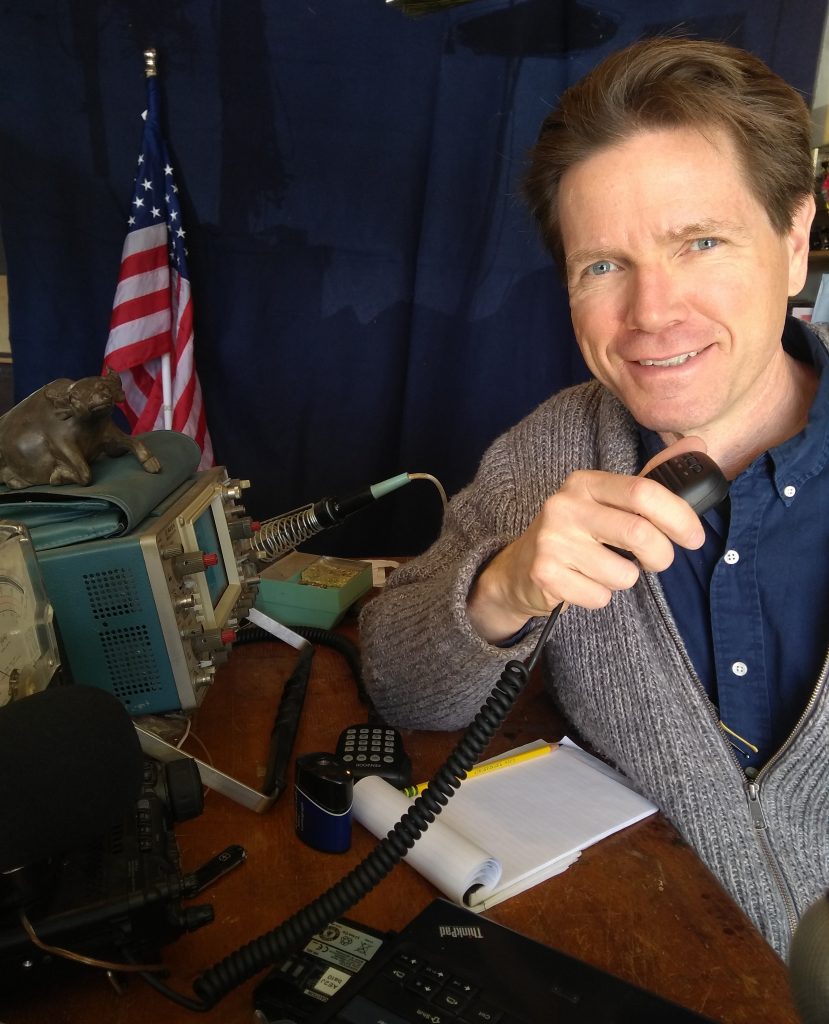
After a few weeks, Marshall Dormire-AE2J joined the ranks. With 5 net controllers, everyone got the day off every few days. Brad Ormsby-W6VO had added a BORED Zoom session weekly as well, so everyone on the net had the chance to at least meet on video if not at a local coffee shop.
Ventura County is divided by geology into several areas, and each has its own amateur radio club, but we found that the people checking in came from all areas, and weren’t limited to the people in the clubs (all of which have been very supportive of the net, I hasten to add). And it wasn’t just the currently active hams-after just a few days, people were checking in on radios that hadn’t seen a battery in years. Word was getting out that people were on the air again.
Field Day
Something happened that was a shock at the time, though that seems quaint now – the crisis did not go away. We were going to be in our homes for quite a while. Everyone was looking forward to Field Day a few months down the road, and slowly realizing that it was not going to happen as we expected. The BORED nets became a focus for all the hams in the county, working out what would become an extremely successful Field Day. Stu’s YouTube Channel has some videos about the things we did for Field Day 2020, but the short version is that all the area clubs worked together to create an event that had as many people on the air as possible, even if just on 2 meters. In fact, many people said there were far more participants than there had been during normal years.
By Field Day, the BORED Net had logged over 6,000 check ins from over 250 individual hams-more than all the county clubs’ rosters combined. Field Day itself was a blast, but that is for another article.
One of the frequent topics of conversation during the nets was about how dead the repeaters had been the last few years, and how now, you found people on the air all the time. The net helped reawaken the hobby for hundreds of people. And all of that because Zak was afraid of being bored in quarantine, so he started a net. Zak, you didn’t just hit one out of the park; you even cleared the parking lot!
What Next?
After Field day, a lot of people were quite tired, including our net control team. Most felt the net had served its purpose, but I wanted to continue for several reasons. Some were selfish. In those three months, I had gotten to know scores of hams by their voice, not just call sign and name. Talking to them daily had become too large a part of the hobby for me to stop cold turkey. Some were less selfish. I felt our community needed the anchor, we needed a place for all hams to keep their radios warm, and that we needed a place where people could even learn to lead nets themselves. I offered to carry on, and Zak was on board too, so we kept it going on a reduced schedule, 6 mornings per week. Stu stayed on for Saturday nights.
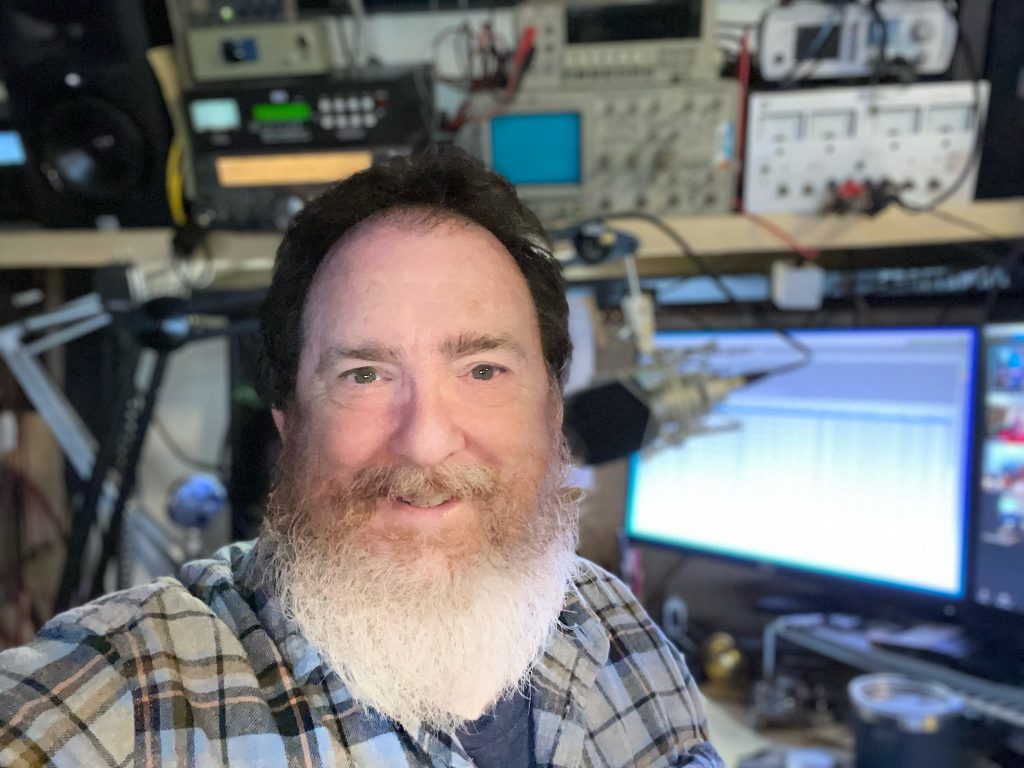
As expected, it slowed down over the next month, but the COVID-19 restrictions carried on. And on. And on. And the net just kept going, slowly picking up numbers. By December we were usually getting 20 or so people per day, and usually 25 or so now. I added a Swap Net on Saturday mornings. Ed Zimmerman-N6XEW replaced Stu on Saturday nights.
One surprise side effect of the restrictions has been the rise of online amateur license testing. Throughout the last year, people checked in to the net and told us this was their first contact as a ham. Many people, more than I would have believed possible, decided that quarantine was a great time to finally get a license. Every time I hear “KN6…” (the current licenses in the call sign pool for California) I get excited that it may be another new federally licensed amateur radio operator. It feels great knowing we are giving people a place to use their radios right off the bat.
And somehow, every morning when we “call the BORED Meeting to order” people are still there waiting to check in and chat with their fellow hams. I’m writing this about a week before our one year anniversary. So far, people have checked in 12,668 times. The master log contains 360 unique call signs. With repeater links on some days people have checked in from 150 miles away. One operator reaches our repeater regularly with a yagi on a tripod from almost 70 miles away, straight in with no links. Undoubtedly, the COVID-19 restrictions will be lifted one day and the net may dwindle or fade away, but it’s as strong as ever right now. And Field Day is approaching again.
The Future
What is the take-away from all of this? Don’t listen to people who say the hobby is dying out or that no one is on the air any more. Sure, propagation is at a low, but that doesn’t affect VHF. It may not be DX, but there is no way I would have guessed I would have talked to 360 LOCAL hams in just a year, either. Give people a reason to use their radios, and they will! Another lesson I learned – if you want to be involved with something, don’t wait. Jump in. Do it yourself. Hams are great people; if you jump in the wrong place, someone will help you land safely. I’ve never known a community with so many helpful and welcoming people.
All because Zak didn’t want to be bored. Thanks, Zak, from all the hundreds of us who’ve checked in to your net.
